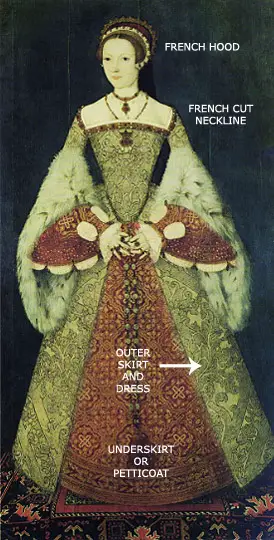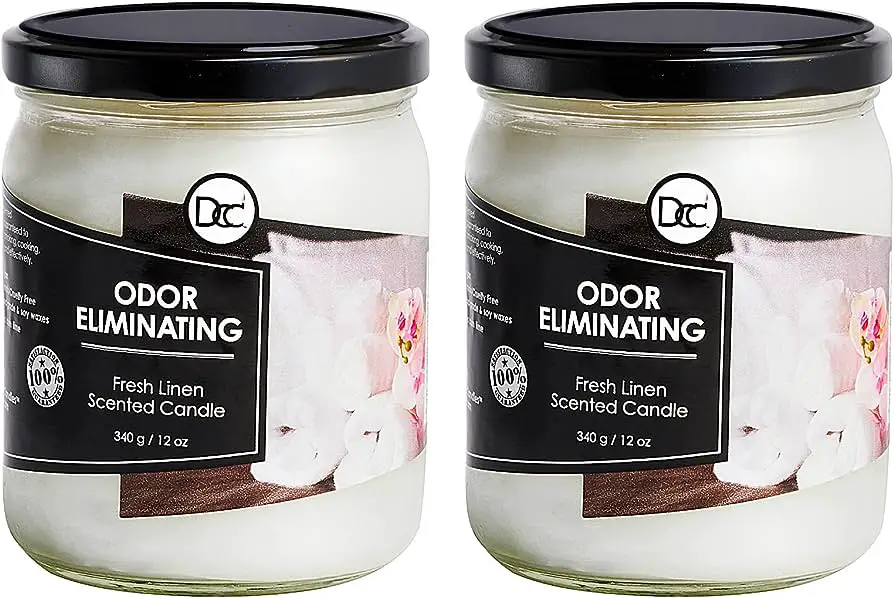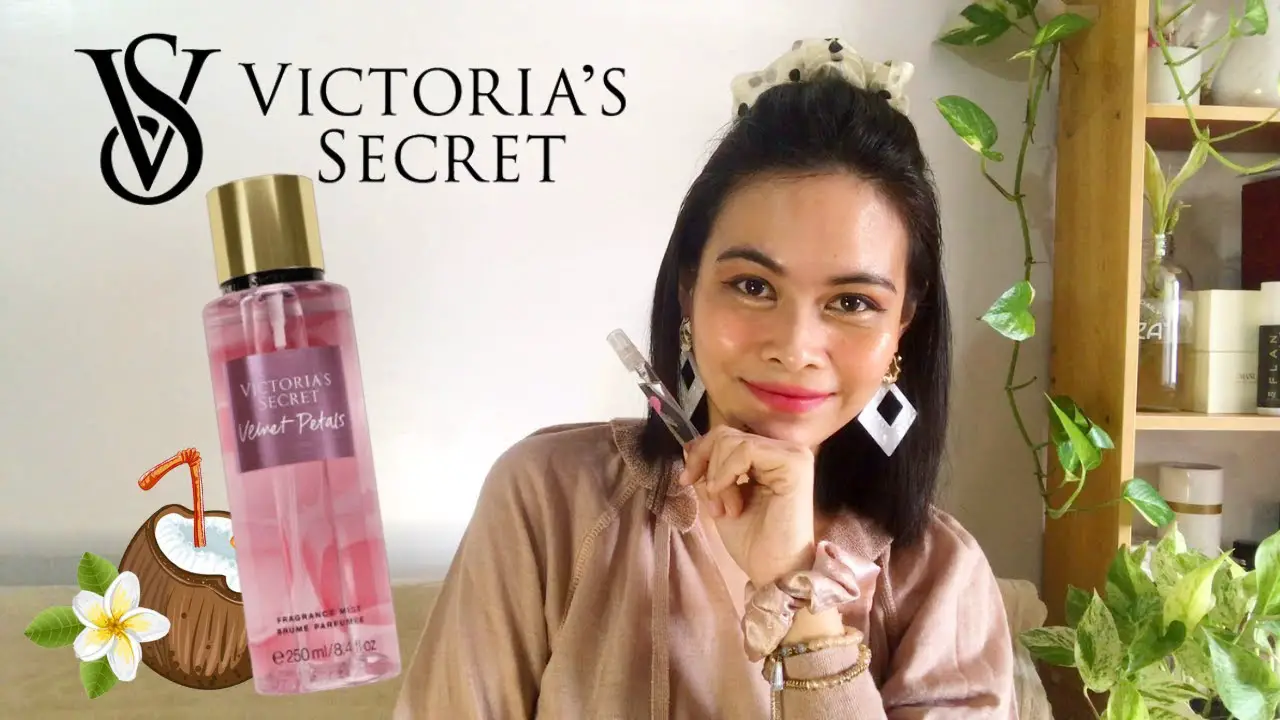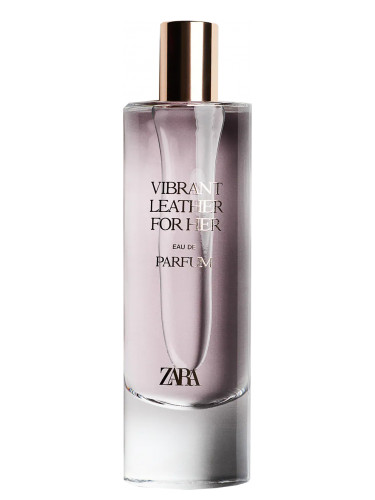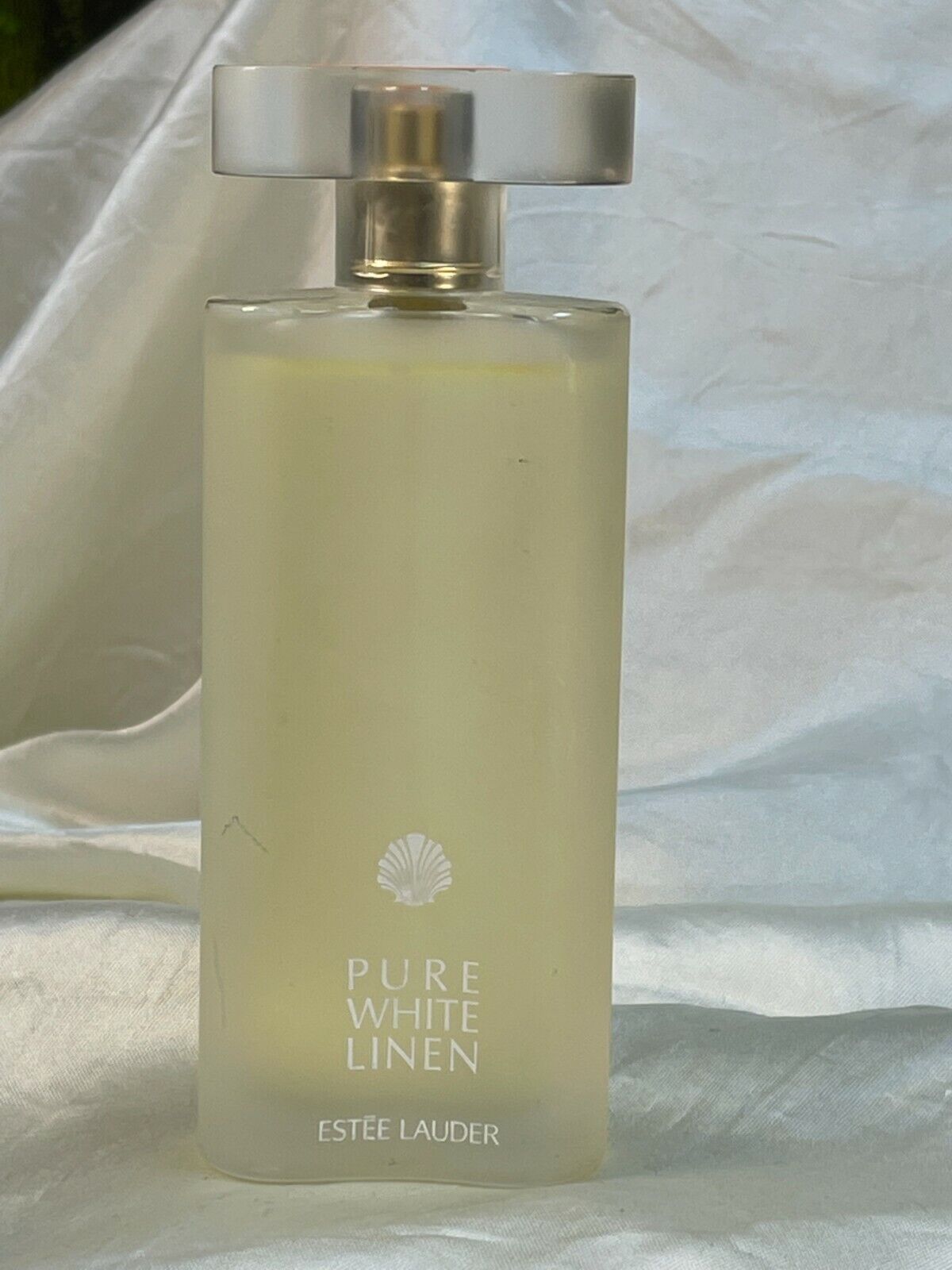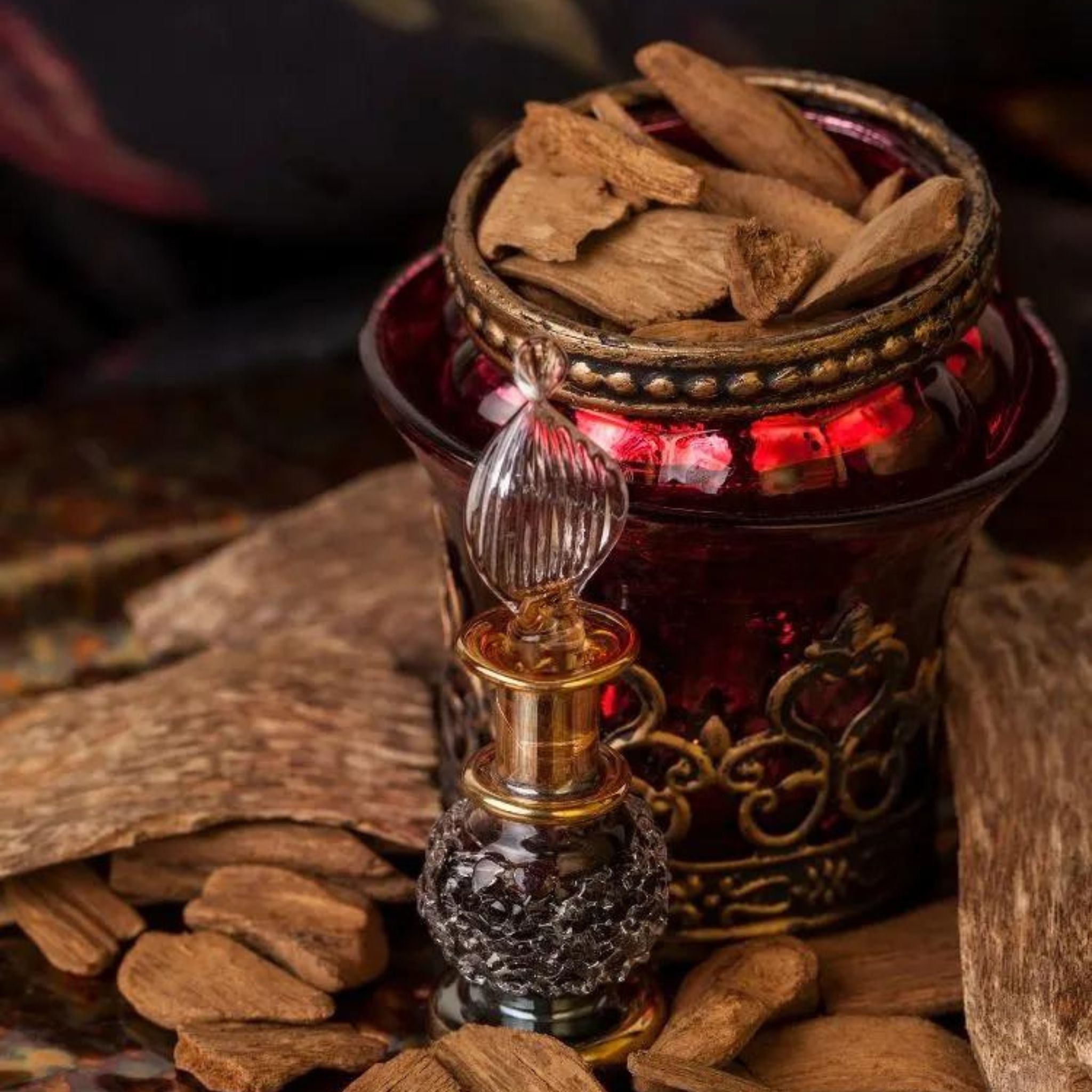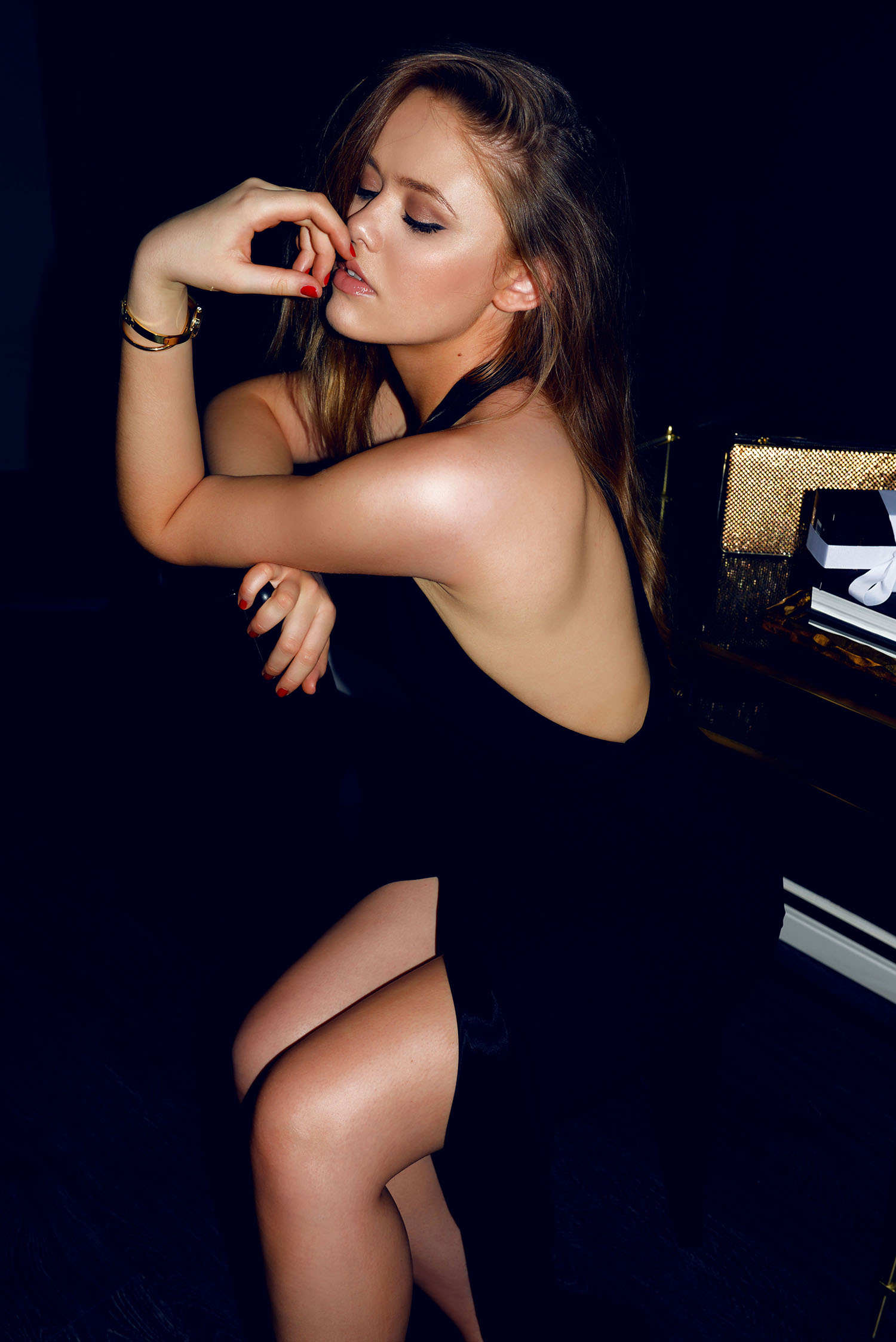Renaissance clothing featured elaborate, ornate designs and was characterized by its opulence and attention to detail. During this period, clothing was a reflection of social status and wealth, with nobility wearing rich fabrics, vibrant colors, and intricate patterns.
Tailored garments, such as doublets, hose, and voluminous skirts with padded hips for women, became fashionable. Accessories played a vital role in completing a Renaissance ensemble, including wide-brimmed hats, ruffs, capes, and gloves. The fabrics used in Renaissance clothing ranged from silk, satin, and velvet for the upper class to wool and linen for the lower classes.
This era marked a significant departure from the simplicity of Medieval attire, highlighting the growing emphasis on individual style and self-expression.
The Evolution Of Renaissance Fashion
The evolution of Renaissance fashion was marked by dramatic changes in clothing styles. During the pre-Renaissance era, clothing was largely influenced by the Middle Ages, with long, flowing robes and headdresses being popular among both men and women. However, the Renaissance brought about a shift in fashion trends.
The influence of Renaissance art on fashion was significant, with vibrant colors, intricate patterns, and detailed embellishments becoming common in clothing. Fashion during the Renaissance was also influenced by social status, with the wealthy and nobility wearing luxurious fabrics such as silk and velvet, while the lower classes wore simpler garments made of wool and linen.
Overall, the fashion trends of the Renaissance were characterized by opulence and refinement, reflecting the cultural and artistic advancements of the time.
Men’S Attire In The Renaissance
Men’s attire in the Renaissance encompassed a variety of styles and garments. Everyday clothing for men consisted of loose-fitting shirts, breeches, and stockings. These garments were typically made from natural fabrics like linen or wool. Formal wear and court attire displayed the wearer’s social status and wealth.
They included elaborate doublets, embellished with intricate embroidery or luxurious fabrics such as velvet. Men also wore embellished hats and capes to complete their formal ensembles. Accessories and ornamentation played a vital role in men’s fashion during this period. Men adorned themselves with jewelry, including rings, chains, and pendants.
They also carried ornate walking sticks and wore distinctive footwear, such as boots with decorative buckles. Overall, Renaissance men’s clothing was characterized by its attention to detail, opulence, and the reflection of social status.
Women’S Fashion In The Renaissance
Renaissance clothing for women in the 14th to 17th centuries showcased elaborate and ornate designs. Commonly worn attire for women comprised of layers, including an undershirt, chemise, corset, and gown. These garments were often made from rich fabrics like silk, velvet, and brocade, adorned with intricate embroidery.
Noble women had access to luxurious materials and could flaunt extravagant dresses with elaborate designs. Hairstyles were equally extravagant, with women often sporting elaborate headdresses, braids, and curls. To complete the look, women also incorporated various accessories such as jewelry, gloves, fans, and handkerchiefs.
Renaissance clothing represented an era of luxury and style, where women showcased their wealth and status through their meticulous attire and intricate hairstyles.
Clothing For Different Social Classes
Renaissance clothing varied greatly depending on social class. The upper class wore extravagant garments adorned with jewels and precious metals, showcasing their wealth and status. They favored intricate embellishments and luxurious fabrics such as velvet, silk, and brocade. Middle-class individuals opted for more modest attire, focusing on practicality and functionality.
Their wardrobes consisted of simple, tailored garments made from wool and linen. Lower-class individuals had limited resources and often wore plain, durable clothing made from basic fabrics like rough wool and coarse linen. They prioritized practicality over fashion, with functionality being the key consideration.
The clothing of each social class during the Renaissance provides an insightful glimpse into the societal divisions and economic disparities of the time.
Fabrics, Colors, And Patterns In The Renaissance
Fabrics used in Renaissance clothing were rich and varied, reflecting the prosperity of the era. Silk, satin, velvet, and brocade were among the most popular fabrics. Silk was highly sought after due to its luxurious feel and sheen. Satin, known for its smooth texture, was often used for gowns and doublets.
Velvet, with its soft pile, added a touch of sophistication to garments. Brocade, intricately woven with raised patterns, was favored for ceremonial attire. As for colors, Renaissance clothing embraced vibrant hues. Reds, blues, purples, and greens were commonly used, reflecting wealth and social status.
Additionally, symbolism played a role in color choices. Red symbolized power and passion, while blue represented loyalty and prestige. Purple was associated with royalty, and green symbolized fertility and rebirth. Notably, Renaissance clothing featured elaborate patterns and intricate embroidery. Floral motifs, geometric designs, and even scenes from mythology adorned garments.
Embroidery techniques such as goldwork and stumpwork were employed to enhance the richness of the garments. The combination of opulent fabrics, vibrant colors, and intricate patterns truly defined Renaissance fashion.
Influence Of Renaissance Clothing In Modern Fashion
Renaissance clothing, with its opulence and intricate designs, has had a profound impact on modern fashion. Today, we can witness Renaissance fashion revivals, where designers incorporate elements from this era into their creations. From voluminous sleeves to corsets and elaborate embroideries, Renaissance-inspired outfits are celebrated on contemporary runways.
These fashion shows pay homage to the rich history and cultural heritage of the Renaissance, transporting us back to a time of elegance and grandeur. By infusing modern designs with Renaissance aesthetics, designers create a unique fusion that appeals to fashion enthusiasts around the globe.
The influence of Renaissance clothing on modern fashion is undeniable, as it brings forth a sense of timeless beauty and sophistication. With every Renaissance-inspired piece, we continue to celebrate and honor the legacy of this remarkable era.

Credit: sewguide.com
Frequently Asked Questions Of What Did Renaissance Clothing Look Like
What Does A Renaissance Outfit Look Like?
A Renaissance outfit typically features clothing and accessories inspired by the fashion of the Renaissance period, characterized by elaborate dresses, corsets, doublets, ruffled collars, and colorful fabrics.
What Were The Features Of Renaissance Fashion?
Renaissance fashion featured elaborate clothing, including intricate embroidery, rich fabrics, and voluminous sleeves.
What Defines Renaissance Fashion?
Renaissance fashion is defined by elaborate and richly detailed clothing worn during the 14th to 17th centuries.
What Were Renaissance Clothing Made Of?
Renaissance clothing was made of materials like silk, velvet, and brocade, reflecting the social status of individuals.
Conclusion
Renaissance clothing was a reflection of the changing social and political landscape during this period. The clothing choices of the nobility and the middle class showcased their wealth, status, and fashion sense. From the elaborate gowns and doublets adorned with jewels, to the flamboyant hats and intricate embroidery, Renaissance fashion was a true feast for the eyes.
The use of sumptuous fabrics and vibrant colors added to the overall grandeur of these garments. However, it is important to remember that clothing was not just about aesthetics; it also served practical purposes, such as displaying one’s occupation or social standing.
Furthermore, the Renaissance period marked a shift towards individuality and self-expression, with people using clothing as a means of showcasing their personalities and unique tastes. Overall, Renaissance clothing was a manifestation of the intricate and evolving culture of the time, combining artistic flair with social symbolism.
By delving into the intricacies of Renaissance fashion, we can gain a deeper appreciation for the rich history and cultural heritage of this fascinating era.

